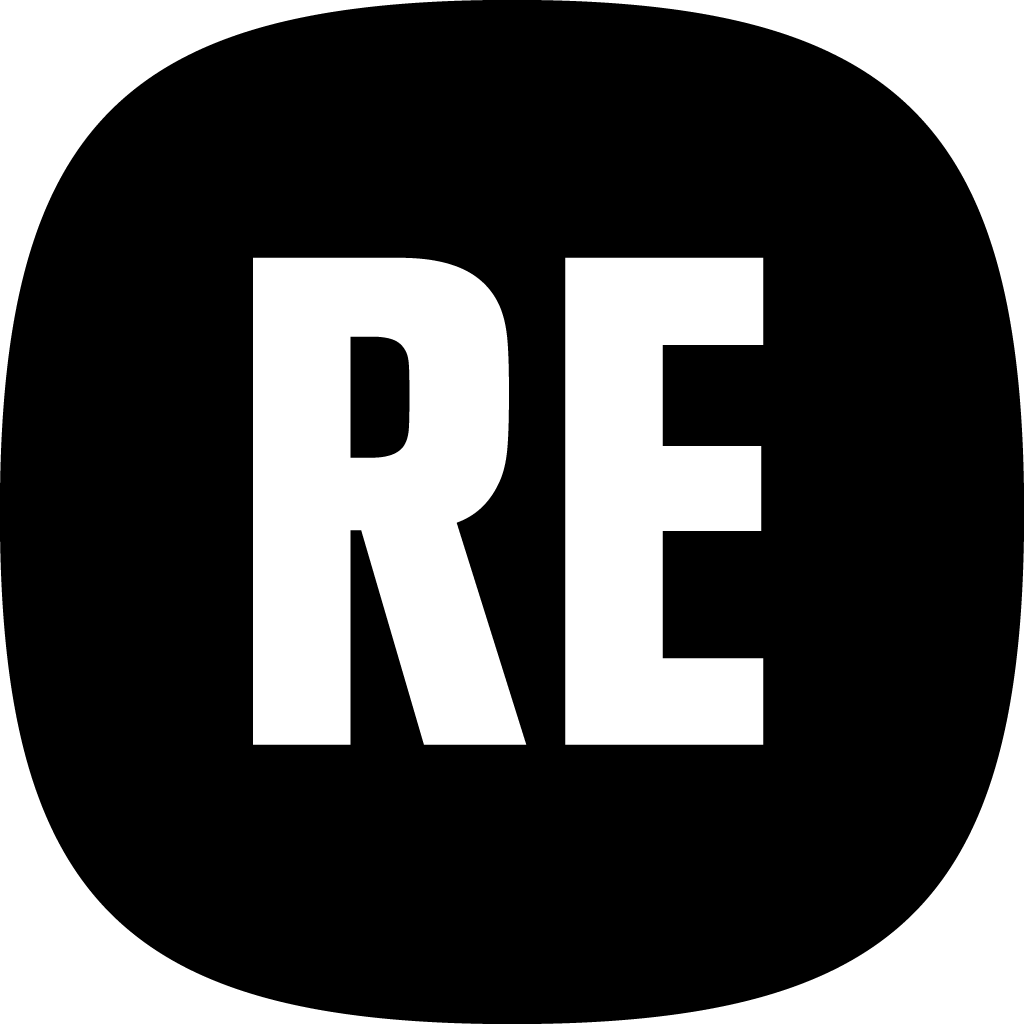Facilitation Guidance: Participatory Business Model Canvas
.png)
Overview
The Participatory Business Model Canvas session is designed to support Living Labs and cultural organisations in articulating the key elements of their participatory business model. Grounded in the principles of reciprocity, co-creation, and cultural value, this session encourages teams to reflect collectively on how they generate, sustain, and distribute value, both economic and social, within their specific contexts.
Implementation
Preparation
Participants: Core project team, key stakeholders, and (where possible) community participants or collaborators.
-
Materials:
Printed or digital Participatory Business Models for Cultural Heritage Canvas
Markers, sticky notes, or an online whiteboard (e.g. Miro)
Pre-filled examples (optional) for inspiration
Suggested Process
-
Introduction (15 min)
Briefly explain the purpose of the Participatory Business Models for Cultural Heritage Canvas and what makes it different from a traditional business model canvas (e.g. its emphasis on reciprocity, community involvement, and cultural value).
Set expectations: this is a living document, and the canvas may evolve over time.
-
Walk Through the Sections (10 min)
Give an overview of the canvas sections (refer to your version, e.g. Value Proposition, Key Partners, Participation Strategy, Revenue Streams, Social Impact, etc.).
Explain each section with short guiding questions (e.g. “Who do we co-create value with?” or “What forms of reciprocity do we engage in?”).
-
Collaborative Filling (60–90 min)
Divide participants into small groups (if needed) to work on specific sections.
Encourage using post-its or cards so ideas can be moved or reframed easily.
-
Group Share & Discussion (30 min)
Have each group briefly share their section(s).
Look for overlaps, contradictions, or missing pieces.
Capture reflections on a shared space (e.g. board or chat).
-
Refining & Next Steps (15 min) Agree on which parts need follow-up or more discussion.
Encourage documentation of the canvas (photos, digital version).
Remind teams to revisit and revise the canvas over time.
To Consider in Your Activity Design
Emphasise co-creation and shared authorship: try to include as many voices as you think will be affected by the project, even from outside the project team.
Be sensitive to power dynamics: some participants may need encouragement to speak or question assumptions.
Reframe business language when needed: adapt terms to your group’s context (e.g. replace “customers” with “participants” or “community members”).

Share